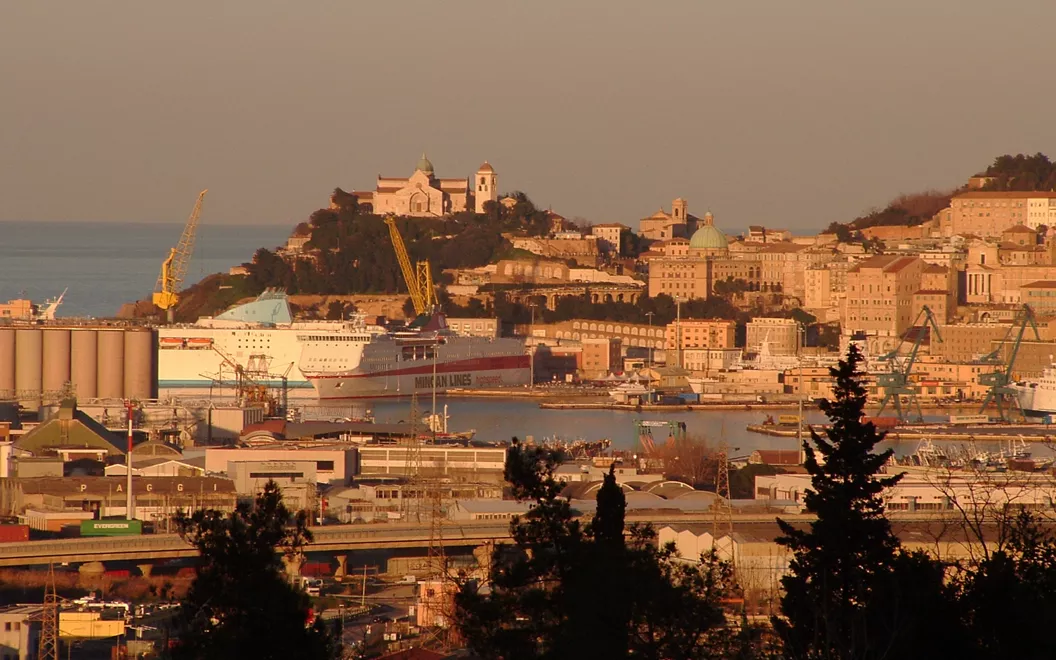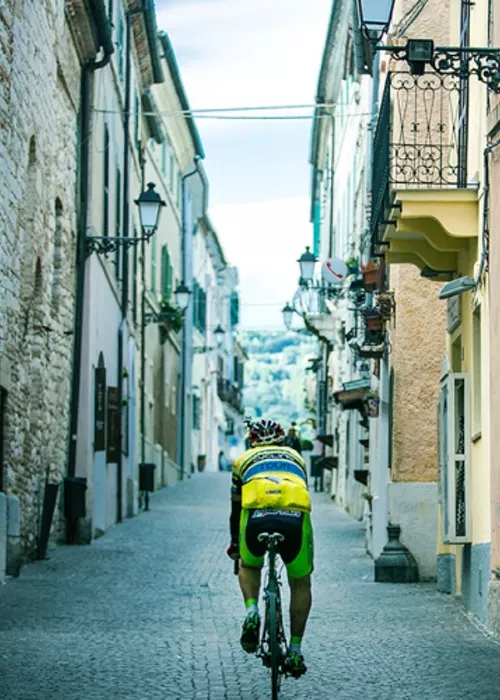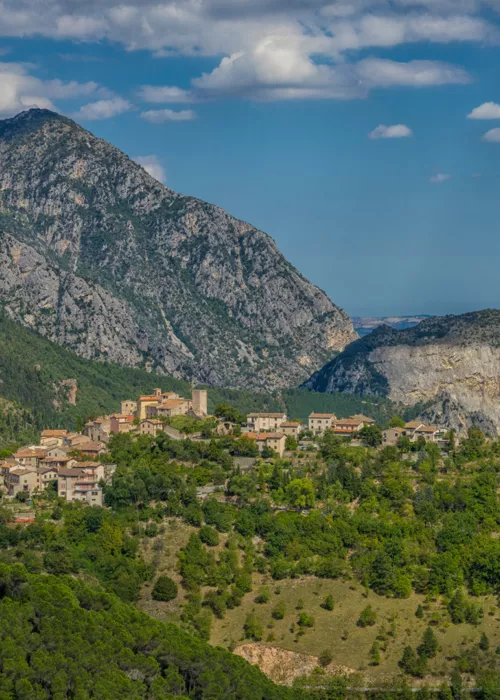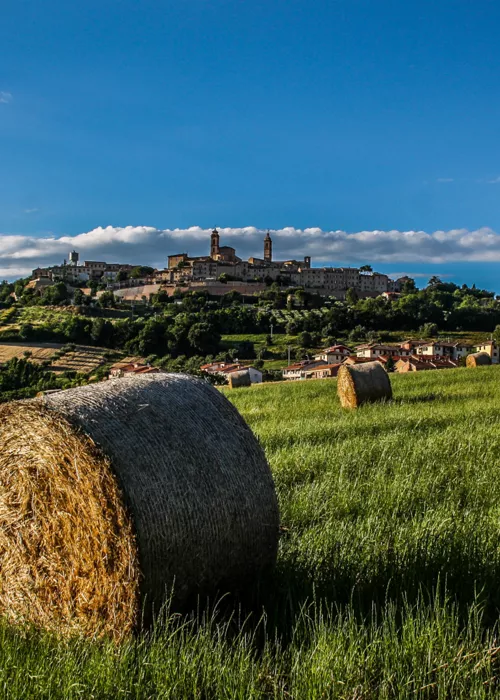Mole Vanvitelliana

It is truly massive: a monumental 18th-century pentagon surrounded by water, which for many visitors is their first impression of Ancona. The Mole Vanvitelliana leaves an indelible mark on a person's memory. All around are moored fishing boats, yachts, motorboats and small outboards: if we were in a mainland capital, it would be a car park, but here we are on the sea. The effect is very different.
Only aficionados of architectural history will understand at a glance where the strange adjective that gives the pentagon its name comes from. "Vanvitelliana" recalls the name of its designer Luigi Vanvitelli, Italianised after his father Caspar van Wittel, a Dutch topographer and painter who had moved to Rome. Those who had already visited Caserta might remember that Vanvitelli's son was responsible for the extraordinary Reggia dei Borboni.
In terms of architectural forms, the Mole is as brilliant as the Reggia. Towards the middle of the 18th century, the Port of Ancona needed a large, isolated structure with utilitarian functions: to defend itself against possible threats of war and to quarantine goods and sailors who might carry infections. The pentagon was in fact called the Lazaretto.
Cathedral of San Ciriaco

The white silhouette of the Cathedral marks the horizon of Ancona. It is reached by crossing the city centre, where it is still a good choice to stop and see the Loggia dei Mercanti, the church of Santa Maria della Piazza and the ancient Port with the Arch of Trajan. The final stretch of road is uphill, as is quite natural for a church at the top of its hill.
St Cyriacus is the patron saint of the city literally within living memory. Tradition has it that the people of Ancona acclaimed him bishop during one of his pilgrimages to Rome, before returning to his native Jerusalem and being martyred in the year of grace 363. Not even fifty years later his remains were transferred to the city: they have rested here since 1097, when the church became a Cathedral.
The place has been sacred since ancient times. Traces of a Hellenistic temple dedicated to Venus Euplea, the patron saint of good navigation, were found underground. The remains of that temple and an earlier early Christian basilica from the sixth century are still visible under glass slabs in the central body of the church. Outside, however, on Via del Guasco from the hairpin bend immediately below, is the Roman amphitheatre
Cardeto Park

The stretch of coastline alongside Cardeto Park and the neigbouring Passetto Park is spectacularly high above the sea. It is also fitting that when passing through conservation areas, you travel more on dirt roads and pathways than on asphalt, in search of lighthouses, ramparts, forts, a powder magazine and panoramic balconies, from which you can see small fishing boats 200 metres below and the disused Israeli and British cemeteries.
The natural environment begins on the northern slope of Guasco hill, where the Cathedral of San Ciriaco stands: in ancient times it was the site of Ancona's Greek-era Acropolis. You'll only find urban blocks if you go down towards the modern city centre along Via Cardeto, which may be worth doing to look for the Calamo Fountain, in the Corso Mazzini area. It is known as Cardeto Park because of the thistles ('Cardi' in Italian) that once grew here abundantly, and the vegetation is still largely composed of wild broom, hawthorn, honeysuckle, manna ash and cypress scrub. Stock, caper and snapdragon plants grow on the old city walls and on the walls of buildings facing south, which in due course visibly bloom.
Passetto Park

The long steep strip of coastline stretching down from the hills to the north is a favourite beach destination among the locals. Whether you've come to take a dip in the waters off the Passetto Beach or simply to enjoy the sunset over the sea, there are plenty of restaurants and things to do. The best road to take leads from the 'Grotta Azzurra' (Blue Cave) to the rock known as "Pope's Seat", and is quite rightly known as the Via Panoramica, as it offers great views. Here there is no sand, just pebbles, but no matter: the views from the rocks and the quality of the sea water more than make up for it. The most popular stretch of coastline is near the Grotte del Passetto: a series of caves that formed naturally in the rock but have been excavated further, for use as shelter for fishing boats. The brightly coloured doors, rows of tug boats facing the Adriatic and the sharp drop of the overhanging hill, make this a truly unique setting.
If you'd rather visit a less natural, but perhaps more accessible setting, the Passetto also has a public swimming baths, run by the council of Ancona. Between the Caves and the changing rooms, further up the hillside, there is a difference in altitude of just a few metres.







?wid=500&hei=700&fit=vfit,1&fmt=webp)








